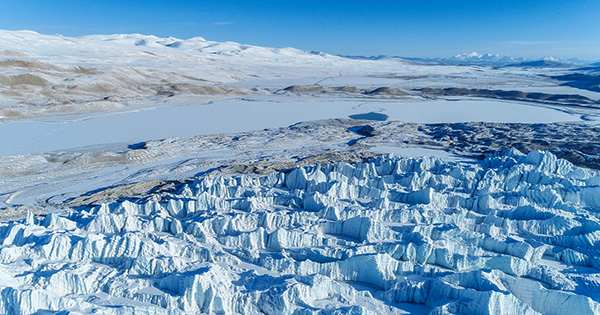The ice is melting as the world heats up, and sometimes it gives things that we really don’t rather do. Studies of ice from a Tibetan glacier about 15,000 years old show that it contains a lot of viruses that we have never seen before. The viruses found so far may not be able to infect humans, let alone threaten our health, but we still do not know what else is hidden there. Dr Zhi-Ping Zhong of Ohio State University said in a statement, “These glaciers formed slowly and many viruses, along with dust and gas, also accumulated in that ice.”
“Glaciers in western China have not been well studied and our goal is to use this information to reflect past environments. And viruses are a part of those environments.” Zhong and co-authors helped address this with the help of a paper in the journal Microbiome, analyzing the core of ice collected near the summit, 6,700 meters (22,000 feet) above sea level. The authors report finding 33 genetic codes for the virus – only four of which were previously known. These four are phases, viruses that infect bacteria and are more likely to be used by humans than by threats.
Naturally, we know less about the other 29 types of viruses, but the idea is that they are not living (if any viruses are said to be alive) in soil bacteria or plants, not animals. Many of their suspected hosts, especially Methylobacterium, are also trapped in the ice.
“These are viruses that thrive in extreme environments,” said co-author Professor Matthew Sullivan. “These viruses have gene signatures that help them infect cells in a cold environment – just the surreal of genetic signatures for how a virus is able to survive in extreme conditions. These are not easy signatures to pull, and the method that the Zhi-Ping method developed to regenerate cores and study germs and viruses on ice can help us explores these genetic sequences in other extreme ice environments – for example, the Moon, or Earth’s the Atacama Desert Near home.”














